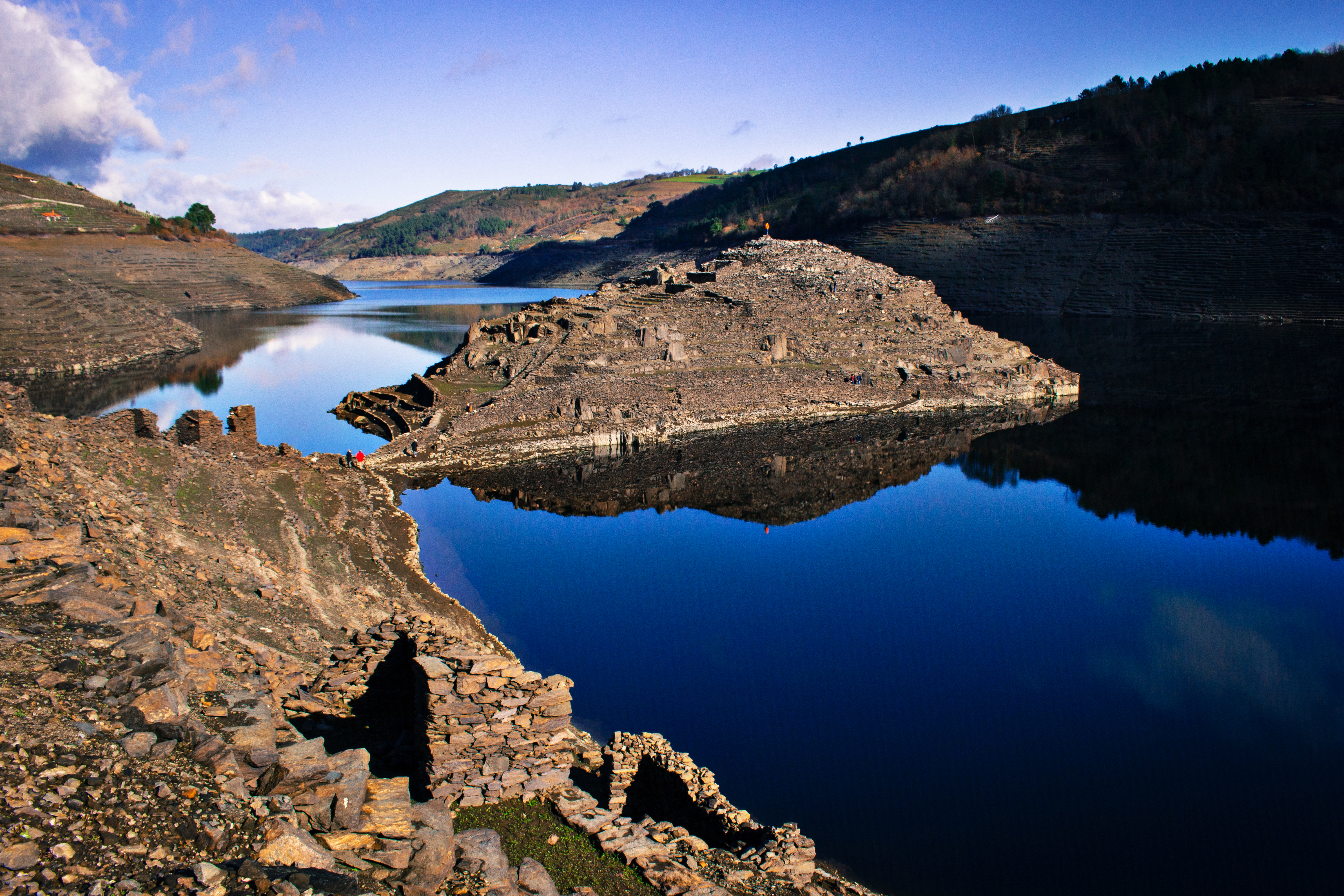Chantada on:
[Wikipedia]
[Google]
[Amazon]
Chantada, is a municipality in the


Municipalities in the Province of Lugo {{Galicia-geo-stub
province of Lugo
Lugo is a province of northwestern Spain, in the northeastern part of the autonomous community of Galicia. It is bordered by the provinces of Ourense, Pontevedra, and A Coruña, the principality of Asturias, the State of León, and in the nor ...
, Galicia, Spain.
Chantada is situated on the left bank of the Río Asma, a small right-hand tributary of the Minho river
The Minho ( , ) or Miño ( , , ; cel-x-proto, Miniu) is the longest river in Galicia, sharing the border with Portugal, with a length of . By discharge, it is the fourth river of the Iberian peninsula, after the Douro, Ebro, and Tagus.
The Mi ...
, and on the main road from Ourense
Ourense (; es, Orense ) is a city and capital of the province of Ourense, located in the Autonomous communities of Spain, autonomous community of Galicia (Spain), Galicia, northwestern Spain. It is on the Camino Sanabrés path of the Way of St ...
, 29 km S. by W., to Lugo
Lugo (, ; la, Lucus Augusti) is a city in northwestern Spain in the autonomous communities of Spain, autonomous community of Galicia (Spain), Galicia. It is the capital of the Lugo (province), province of Lugo. The municipality had a population ...
, 45 km N. by E. Chantada is the chief town of the fertile region between the Minho and the heights of O Faro, which mark the western border of the province. Despite the lack of railway communication, it has a thriving trade in grain, flax, hemp, and dairy produce.
History
Prehistory
To study the history of Chantada, we must be go back to the days of the prehistoric castros that had a large presence in the municipality. The castro configuration is still visible on the architecture of the castles of Líncora, Centulle, San Sebastián, Nogueira, Moreda and Castro Candaz. Several monuments were erected over castros in the area, like the monastery of San Salvador de Asma, the fortress of Paderne (Muradelle), the tower of Arcos, the tower of Pereira, the tower of Quinteliña (San Salvador de Asma), the tower of Teixeiro (Nogueira), the tower of Vilaúxe, and Merlán. The anthropomorphic sarcophagi of Fornas are other of the vestiges of the early inhabitants of the municipality.Roman Age
Located close to the branch Chaves-Lugo
Lugo (, ; la, Lucus Augusti) is a city in northwestern Spain in the autonomous communities of Spain, autonomous community of Galicia (Spain), Galicia. It is the capital of the Lugo (province), province of Lugo. The municipality had a population ...
of the Via Bracara Asturicam, that connected the modern cities of Braga
Braga ( , ; cel-x-proto, Bracara) is a city and a municipality, capital of the northwestern Portuguese district of Braga and of the historical and cultural Minho Province. Braga Municipality has a resident population of 193,333 inhabitants (in ...
, in Portugal, and Astorga, in Castilla y Leon, Chantada has numerous vestiges of the Roman presence in the zone, like the fortified village of Castro Candaz.
According to the documentation belonging to the Camba's house, Castro Candaz was founded by the Roman consul Lucio Cambero. He was related to the " Galician mountain people
Hill people, also referred to as mountain people, is a general term for people who live in the hills and mountains.
This includes all rugged land above and all land (including plateaus) above elevation.
The climate is generally harsh, with s ...
", who would fight along with the tribe of the Aunonians against two Roman legions sent by Emperor Trajan
Trajan ( ; la, Caesar Nerva Traianus; 18 September 539/11 August 117) was Roman emperor from 98 to 117. Officially declared ''optimus princeps'' ("best ruler") by the senate, Trajan is remembered as a successful soldier-emperor who presid ...
. After the defeat, Lucio Cambero retires to the fortress.

Middle Ages
According to Formoso Lamas, during the second strike ofNorman
Norman or Normans may refer to:
Ethnic and cultural identity
* The Normans, a people partly descended from Norse Vikings who settled in the territory of Normandy in France in the 10th and 11th centuries
** People or things connected with the Norm ...
invasions, the Vikings overcame Mount Faro and reached Chantada, where a fence was erected (Plantata). After sweeping the town, the Vikings continued advancing and the nobles of the town took refuge in Castro Candaz, guarded by the family of Erice or Eriz. where they received the help of the troops of King Ramiro I of Asturias.
During the Middle Ages possibly Castro was linked to some type of port that had crossed Miño through this band.
References
Municipalities in the Province of Lugo {{Galicia-geo-stub